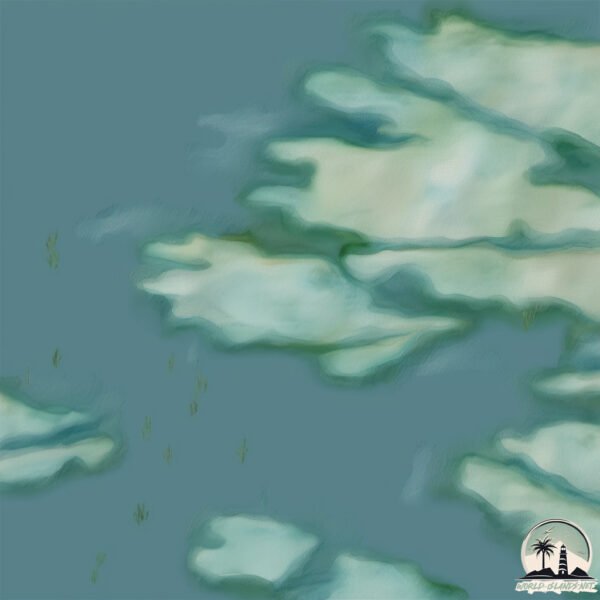Welcome to Cortez , a Temperate island in the South Pacific Ocean, part of the majestic Pacific Ocean. This guide offers a comprehensive overview of what makes Cortez unique – from its geography and climate to its population, infrastructure, and beyond. Dive into the details:
Geography and size of Cortez
Size: 1.142 km²Coastline: 8.1 kmOcean: Pacific OceanSea: South Pacific OceanContinent: South America
Cortez is a Small Island spanning 1.1 km² with a coastline of 8.1 km.
Archipel: –
Tectonic Plate: South America – A major plate covering the South American continent and part of the Atlantic Ocean, known for the Andes mountain range and significant seismic and volcanic activity.
The geographic heart of the island is pinpointed at these coordinates:
Climate and weather of Cortez
Climate Zone: TemperateClimate Details: Subpolar Oceanic ClimateTemperature: Cold Summer
Climate Characteristics: Predominantly cold with cool summers and no dry season. Often found in coastal areas at higher latitudes or on islands.
Topography and nature of Cortez
Timezone: UTC-04:00Timezone places: America/La_PazMax. Elevation: 14 m Mean Elevation: 10 mVegetation: Evergreen Broadleaf ForestTree Coverage: 73%
The mean elevation is 10 m. The highest elevation on the island reaches approximately 14 meters above sea level. The island is characterized by Plains: Flat, low-lying lands characterized by a maximum elevation of up to 200 meters. On islands, plains are typically coastal lowlands or central flat areas.
Dominating Vegetation: Evergreen Broadleaf Forest
Vegetation: 4 vegetation zones – Diverse Island
Infrastructure and Travelling to Cortez
Does the island have a public airport? no .
Does the island have a major port? no .
The mean population of Cortez is 1 per km². Cortez is Uninhabited. The island belongs to Chile .
Continuing your journey, Coronel Madrid is the next notable island, situated merely km away.
Murder on Cortes Island - The Fifth Estate
In 2010, a wealthy artist was killed in his home on a remote island in B.C. Nearly a decade later, the mysterious death is now a ...
Murder on Cortes Island - The Fifth Estate
In 2010, a wealthy artist was killed in his home on a remote island in ...
In 2010, a wealthy artist was killed in his home on a remote island in B.C. Nearly a decade later, the mysterious death is now a ...
Cortes Island Getaway | Custom Cabin for sale in the Pacific North West
Cortes Island Getaway | Custom Cabin for sale in the Pacific North ...
Cruising from Cortes Island to Octopus Islands via "Hole in the Wall" - Discovery Island. BC
This video shows the sights and sounds along our route from Von Donop ...
This video shows the sights and sounds along our route from Von Donop Marine Park to Octopus Islands Marine Park in the ...
Chile is classified as Emerging region: G20: Group of Twenty – Major economies comprising both developed and emerging countries, representing the world’s largest economies. The level of income is Upper middle income.
News – Latest Updates and Headlines from Cortez
Stay informed with the most recent news and important headlines from Cortez. Here’s a roundup of the latest developments.
Loading...
Please note: The data used here has been primarily extracted from satellite readings. Deviations from exact values may occur, particularly regarding the height of elevations and population density. Land area and coastline measurements refer to average values at mean high tide.

